
”There cannot be a language more universal and more simple, more free from errors and obscurities…more worthy to express the invariable relations of all natural things [than mathematics].” – Jean-Baptiste Joseph Fourier
A brilliant 18th century French mathematician, Jean-Baptiste Joseph Fourier is remembered for his studies on heat conduction, the discovery of the Fourier series, and his aid in the finding of the greenhouse effect. Today, let’s take a look at his life and many accomplishments…
Math: A Universal Language
Jean-Baptiste Joseph Fourier was born on March 21, 1768, in Auxerre, France. Orphaned by age 10, Fourier’s childhood was difficult. He found escape in his studies at the École Royale Militaire, a military school in Auxerre where students were taught the importance of science and math. By age 13, Fourier had grown a strong appreciation for both subjects, especially the latter, staying up late studying equations. In fact, it is said that Fourier collected discarded candles to use as a light source when working in the dark.
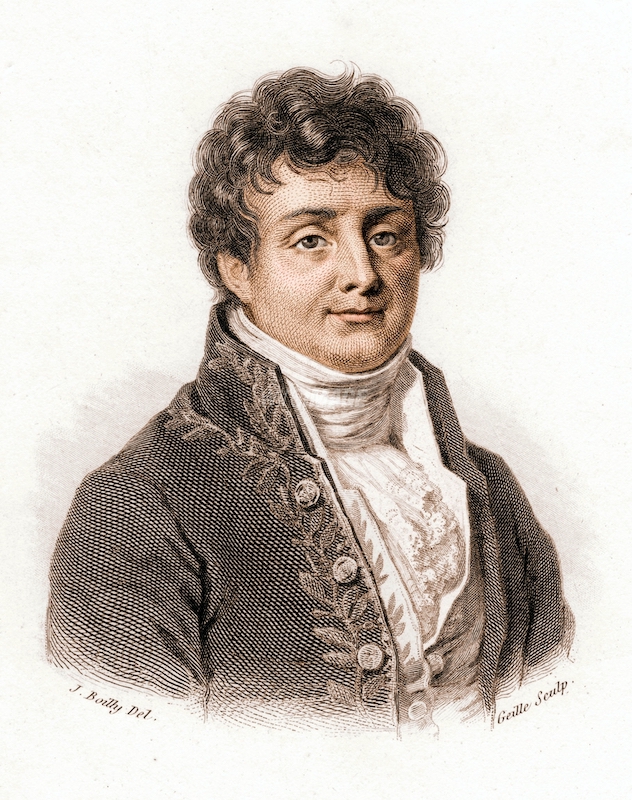
Portrait of Joseph Fourier. Image in the public domain, via Wikimedia Commons.
In 1794, the prestigious École Normal in Paris, France, was founded. The institution served as a training school for educators, and Fourier was among the first of its students. He was taught by renowned French mathematicians Joseph-Louis Lagrange, Pierre-Simon Laplace, and Gaspard Monge. However, a few months after opening, the institution closed down, and Fourier was arrested for his political beliefs. (The school reopened in 1826.)
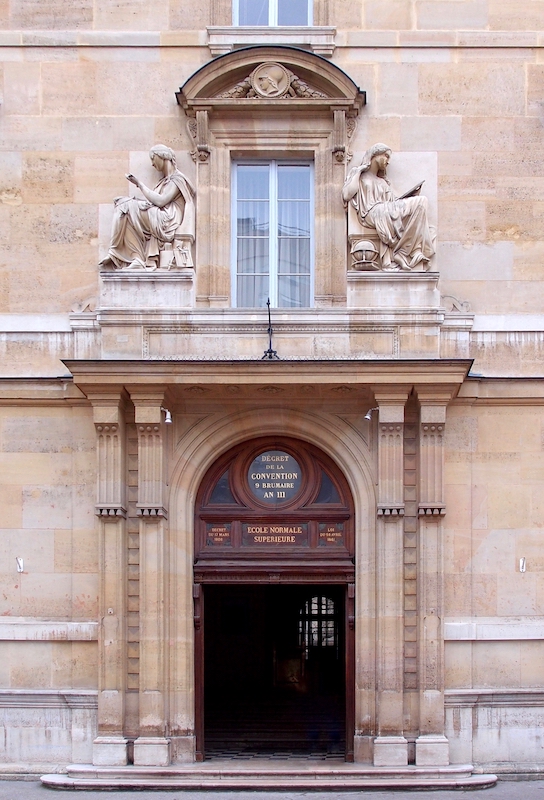
The present-day entrance of École Normal, now known as the École Normal Supérieure. Image licensed under CC BY 2.0, via Wikimedia Commons.
After his release from prison, Fourier worked at the École Polytechnique among some familiar faces: Lagrange, Laplace, and Monge. Fourier was praised for his brilliant lectures. In 1798, he left the school to join Napoleon Bonaparte’s three-year Egyptian expedition as a scientific advisor.
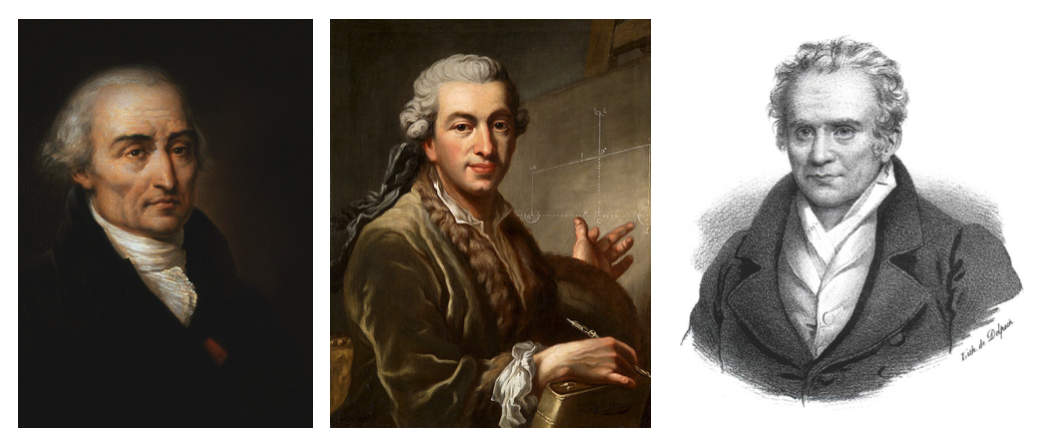
Portraits of Joseph-Louis Lagrange (left), Pierre-Simon Laplace (center), and Gaspard Monge (right). The group all taught and eventually worked with Joseph Fourier at École Polytechnique. Portrait of Lagrange is in the public domain, via Wikimedia Commons. Portrait of Laplace is licensed under CC BY-SA 4.0, via Wikimedia Commons. Portrait of Monge is in the public domain, via Wikimedia Commons.
Discovering the Fourier Series
In addition to his appreciation of mathematics, Joseph Fourier had a strong interest in the workings of heat transfer — some attribute this interest to his travels in Egypt. Brilliant mathematician that he was, Fourier discovered and solved the equation that describes how heat propagates in a solid object. The equation demonstrated how heat is conducted through many materials, like a metal plate. After finding this equation, Fourier concluded that complex periodic functions can be expanded and written out as simple waves mathematically represented by sines and cosines. This work showcases the initial development of the Fourier series.
Fourier wrote about his findings in his work, On the Propagation of Heat in Solid Bodies, and shared it with the Paris Institute in 1807. His work was met with strong criticism from many great mathematicians at the time, including Lagrange and Laplace. However, Fourier knew he had made some monumental discoveries, and when the Paris Institute held a competition looking for the best work on how heat propagates in solid bodies in 1811, Fourier submitted his work and won. Even after winning, the Paris Institute selection committee said of the work:
“The manner in which the author arrives at these equations is not exempt of difficulties and…his analysis to integrate them still leaves something to be desired on the score of generality and even rigor.”
In 1822, Fourier published his discoveries in his most notable work, The Analytics Theory of Heat. Although not perfect, Fourier’s groundbreaking findings provided the basis for later work on trigonometric series and the theory of functions of a real variable; most notably, the Fourier transform. The Fourier transform is used in a wide variety of applications, from digital signal processing to the study of optics and acoustics.
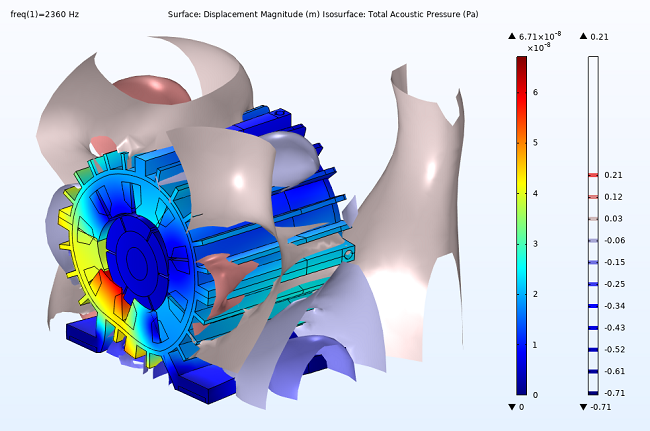
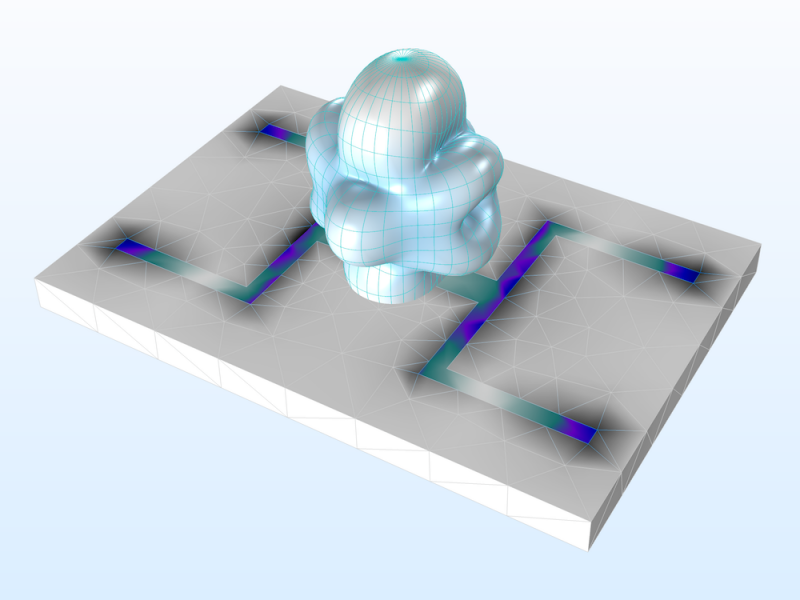
A modern incarnation of Fourier’s work is the fast Fourier transform (FFT), which was invented by James Cooley and John Tukey in 1965. The FFT is commonly used in simulation studies. For example, it can be used in the analysis of electric motor noise (left), printed dual-band strip antennas (right), and much more!
The Greenhouse Effect
Another one of Joseph Fourier’s contributions to science is his analysis of the temperature of Earth. He studied the variations in Earth’s temperature between day and night, as well as summer and winter. In his work, he realized that Earth is actually much hotter than it should be considering its distance from the Sun. He questioned where this excess warmth was coming from. After coming up with several possibilities, Fourier deemed the cause to be Earth’s atmosphere, which was retaining heat radiation. Fourier wrote:
“The temperature [of the Earth] can be augmented by the interposition of the atmosphere, because heat in the state of light finds less resistance in penetrating the air, than in repassing into the air when converted into non-luminous heat.”
Thanks to this work, Fourier is one of the many scientists who helped develop the concept of the greenhouse effect and further our understanding of climate change.
Today, let’s wish Joseph Fourier a happy birthday!
Further Reading
- Learn more about Joseph Fourier from these resources:
- Read about other mathematicians and engineers with similar experiences:
- Claude-Louis Navier, a French mechanical engineer who studied under Fourier at École Polytechnique
- Adrien-Marie Legendre, a French mathematician who developed important concepts such as the Legendre transformation and Legendre polynomials (Fun fact: The only known portrait of him features Joseph Fourier!)




Comments (0)